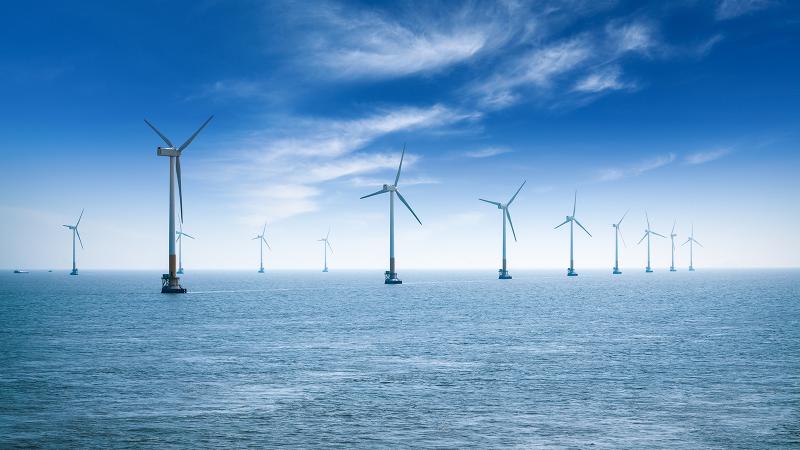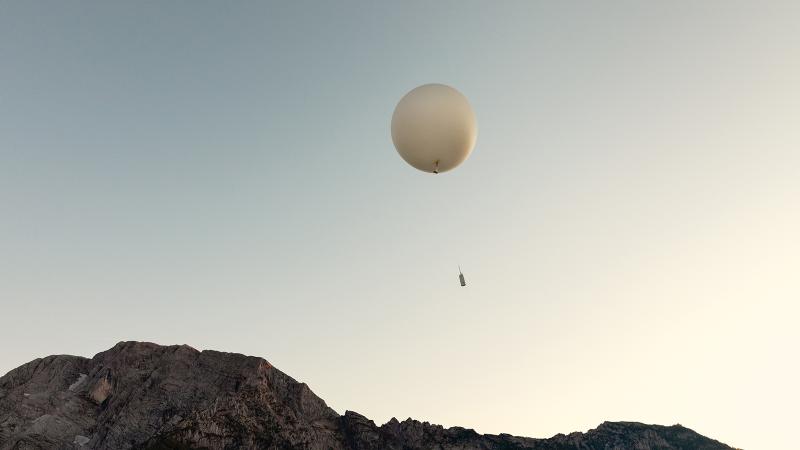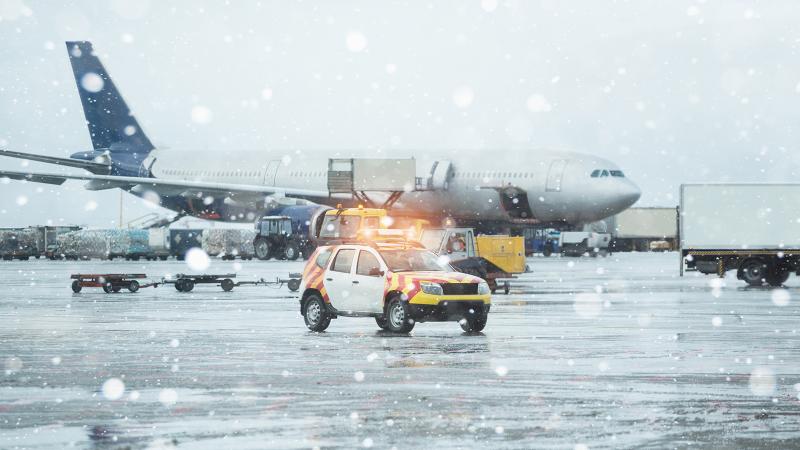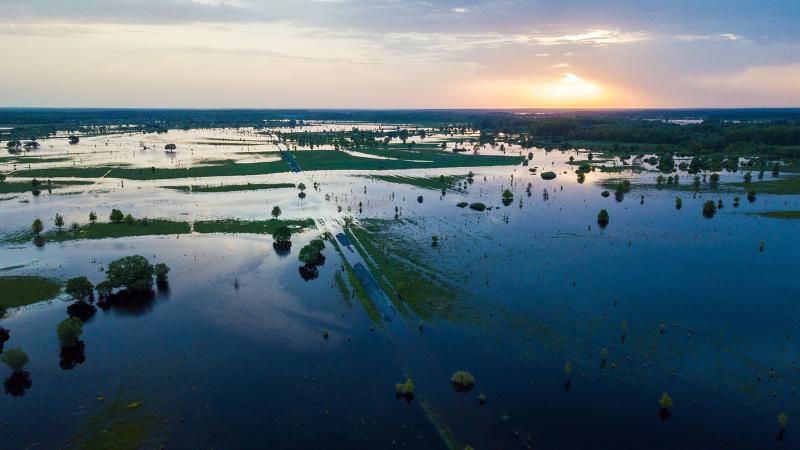EU sustainable finance taxonomy
The EU Taxonomy Regulation requires companies falling within the scope of the Non-Financial Reporting Directive to report certain indicators on the extent to which their activities are sustainable as defined by the EU Taxonomy Regulation. There are six key objectives in the EU Taxonomy Regulation, out of which the first two are climate change mitigation and climate change adaptation.
Climate Change Taxonomy eligible activities
Most of Vaisala’s activities fall under the NACE code C26.51 (Manufacture of instruments and appliances for measuring, testing and navigation), which is not yet covered by the climate change taxonomy. According to Vaisala’s analysis of the current version of the EU Climate Change Taxonomy, 13.2% of Vaisala’s net sales come from taxonomy eligible activities, while 86.8% of Vaisala’s net sales come from activities that are not yet covered by the taxonomy. Taxonomy eligible OPEX was 9.8%. Vaisala does not have any CAPEX associated with taxonomy-aligned activities.
| Activity included in the taxonomy | Vaisala’s taxonomy eligible activity | Taxonomy eligible net sales |
Taxonomy eligible OPEX* |
|---|---|---|---|
| 3.1 Manufacture of renewable energy technologies |
Manufacture of remote wind sensing solutions for the wind energy sector: Vaisala manufactures remote wind sensing solutions that enable wind power operators to select the optimal site for their wind parks, as well as monitor, predict, and plan operations, hence increasing the performance of their wind parks. Manufacture of measurement instruments for the biogas process: Vaisala manufactures multigas measurement instruments that help biogas and biomethane producers minimize methane slip and gives them the ability to control their process and increase their biogas yield and quality. |
7.4% | 7.6% |
| 3.5 Manufacture of energy efficiency equipment for buildings | Manufacture of HVAC instruments for humidity, CO2, and temperature measurements, which are typically incorporated into building automation and control systems that help to increase energy efficiency in buildings. | 5.8% | 2.3% |



